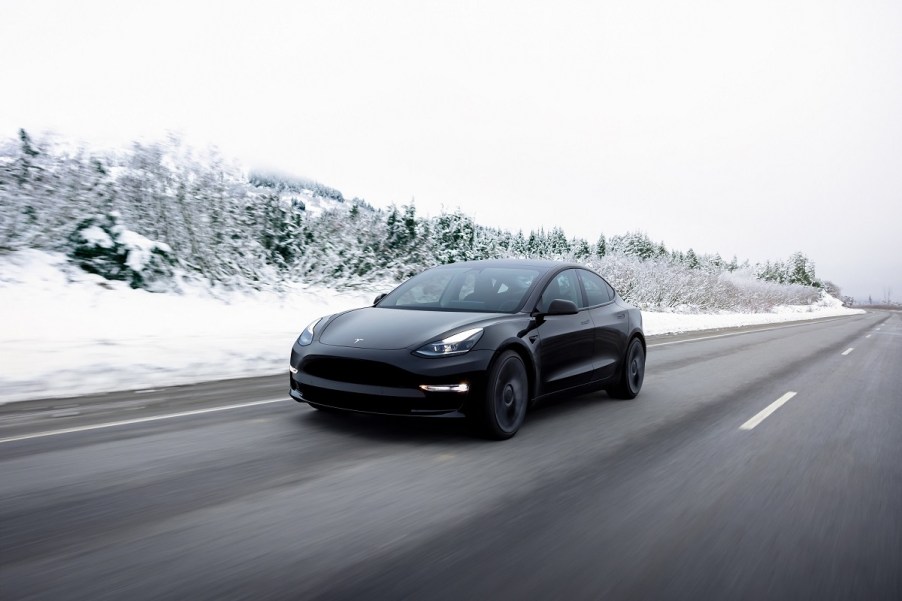
5 Problems Tesla Model 3 Owners Commonly Encounter Could Curb Your Baby Tesla Enthusiasm
Tesla’s smallest, most affordable electric vehicle (EV) ticks many boxes. However, it’s not always a drama-free electric car option for owners. Here are five of the most common problems that Tesla Model 3 owners encounter, like cracks in the Tesla’s glass roof or build quality issues in even the newest example, the 2023 Tesla Model 3.
The Tesla Model 3 might be the most affordable means to get into a newer Tesla, but some of the EV model’s issues could be a dealbreaker

Tesla’s Model 3 offers competitive all-electric driving range and snappy torque, but it isn’t without its problems. Here are some of the more common issues that Model 3 owners cite.
- Some fitment issues
- Glass roof-equipped models could develop expensive cracks
- Poor range in temperature extremes
- Premature wear in suspension components
- “Phantom braking”
In addition to the expense of acquiring a new or used Model 3, the automaker’s most affordable EV might exhibit some irritating fitment issues. Depending on the spec, some examples might have an attractive glass roof. While that sounds promising, it could result in expensive cracks and even sunburns.
More serious issues, like “phantom braking,” decreased range in temperature extremes, and premature suspension wear could be costly for owners.
Does the Tesla Model 3 have fitment issues?
Unfortunately for some die-hard fans, critics agree that some iterations of the Tesla Model 3 drop the ball when it comes to fitment and build quality. For instance, Car and Driver says that the latest 2023 Tesla Model 3 build quality “needs finessing.”
How much does it cost to replace a glass roof on a Tesla?
In addition to potential fitment issues, the Model 3’s glass roof could develop expensive cracks. In some cases, examples like the 2018 model could require a new glass roof, which might cost around $1,250 to remedy, per Car Complaints.
How much does winter affect a Tesla’s range?

Like every EV, Tesla Model 3 owners complain about compromised range in weather extremes like freezing temperatures. Specifically, the baby Tesla could shed as much as 17% of its driving range in freezing weather.
Why does my Tesla creak when I turn?
In some cases, Model 3 owners complain about creaking or clunking when they initiate a turn. The most common cause for the noises is moisture in the ball joints of the upper control arms. A silicone spray or other lubricating agent can mitigate squeaking, but new components are more effective.
What is “phantom braking?”
According to some NHTSA complaints, some of the latest Model 3s could be affected by “phantom braking.” The dangerous issues occur when the automatic emergency braking system activates without sufficient input, which could cause a collision.
Still, even with the occasional issue, the Model 3 is one of the best EV bargains on the market. The Long Range trim offers up to 358 miles of electric range on a single charge. Moreover, the Performance trim’s straight-line acceleration qualifies it as one of the fastest cars at its price point.
Keep up with MotorBiscuit for the latest EV content!



